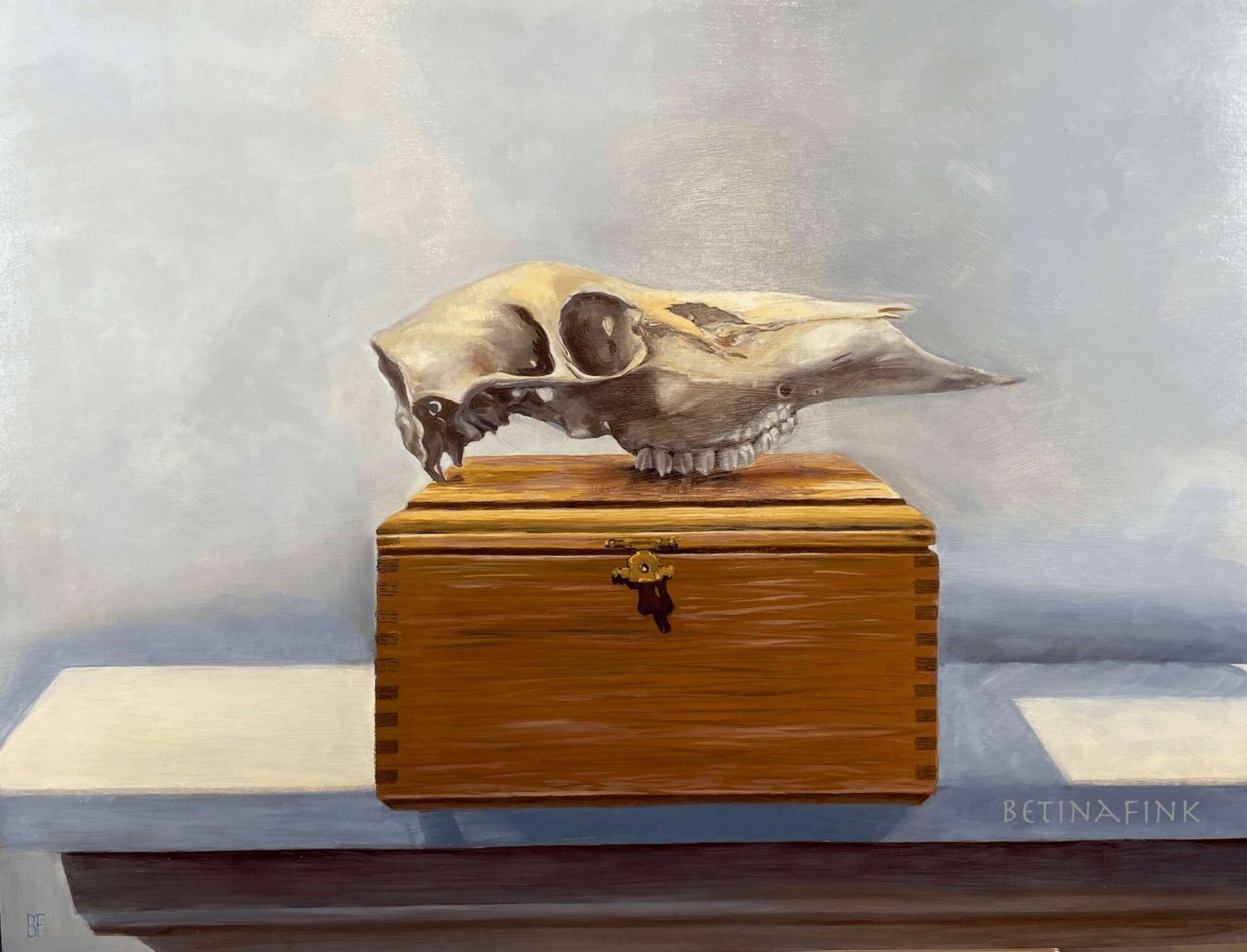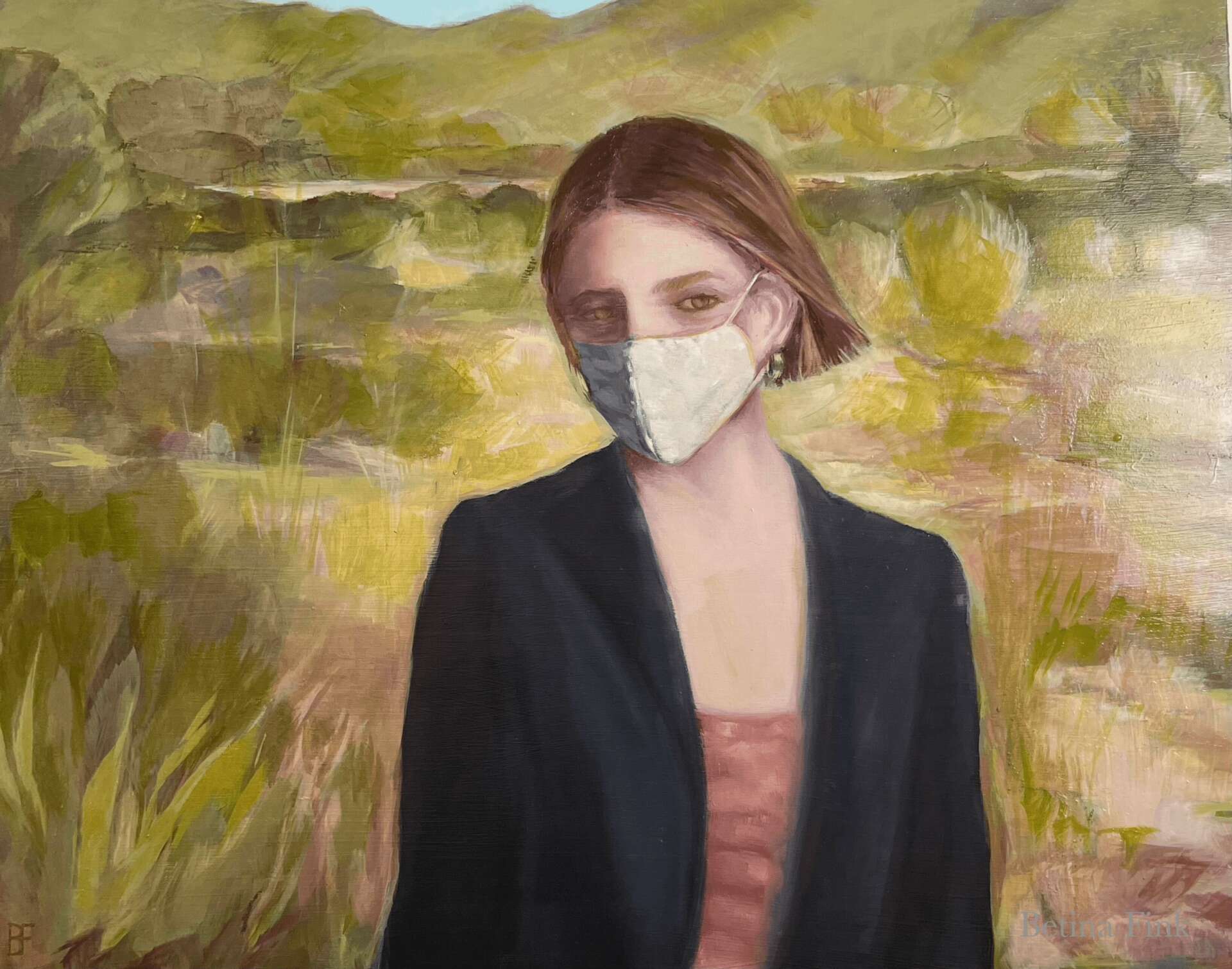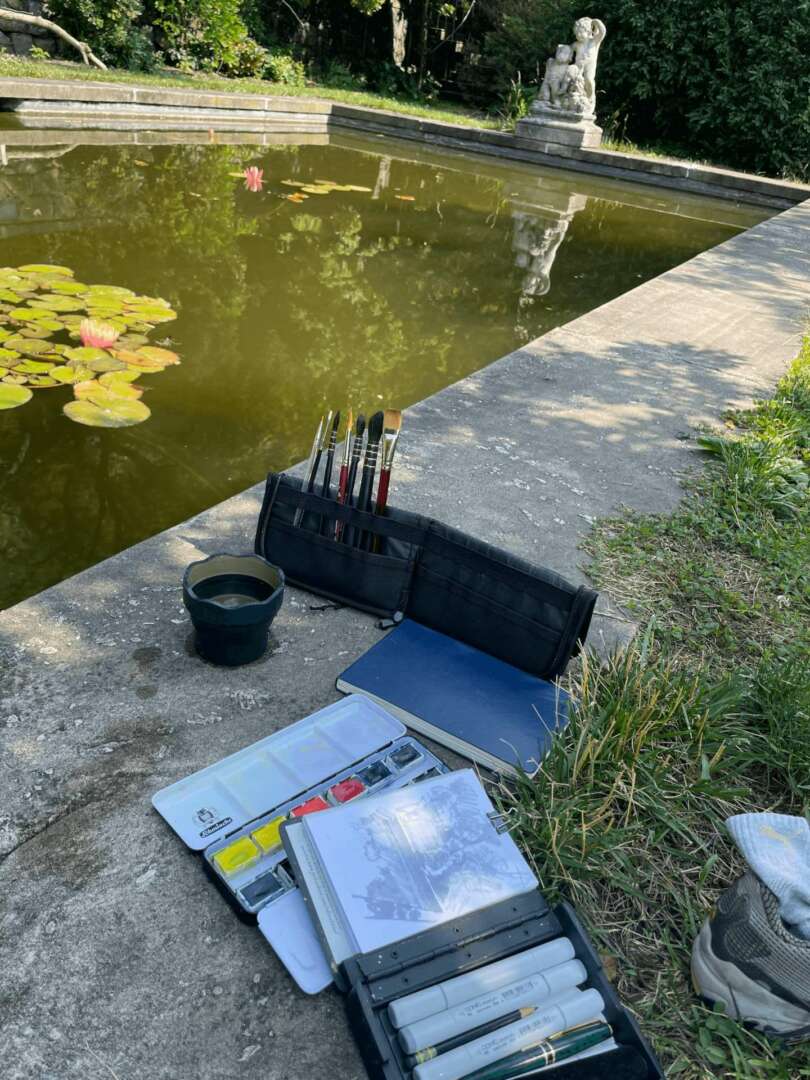We were lucky to catch up with Betina Fink recently and have shared our conversation below.
Betina, looking forward to hearing all of your stories today. Did you always know you wanted to pursue a creative or artistic career? When did you first know?
In college I took some art classes and got hooked. Through the camaraderie of my professors and studio friends I began to love the experience of being a painter and of making a life somehow in the arts. I knew it was a potentially difficult life economically, but finding any way to support my studio practice was my goal. With some friends after college, we moved to the closest city (Philadelphia), set up studios and supported each other emotionally and energetically. The seedling of Community was planted, growing over the years into a career belief that it takes community to appreciate, support and thrive, no matter the context.

Betina, love having you share your insights with us. Before we ask you more questions, maybe you can take a moment to introduce yourself to our readers who might have missed our earlier conversations?
I am a visual artist who has used many different business models to support my studio practice. Sales from my art work have fluctuated over the years, but have never been enough to support me consistently, so I have also worked as an arts administrator, teaching artist, gallerist, census taker, dude ranch assistant.
My flexibility, willingness to do whatever it takes to support my studio practice have led me to meet people I wouldn’t ordinarily have. These connections have influenced my curiosity about what meanings I put into my art, since I believe that what I make is a direct result of what I do in life.
I believe that is what sets me apart from many artists who feel like they should be able to make a living off of sales of their work, and if that’s not panning out, then they have either failed as an artist, or else society has failed them by not supporting them.
It’s easy to get jaded in this line of work. I’m proud that I’ve been able to find community that nurtures me intellectually and in my practice. I’m at a stage in my life now where my cohorts are aging. I look back on the decisions I’ve made to make a career in a small university town instead of a large metropolitan city. While the financial opportunities haven’t always been available here, the lifestyle and proximity to remote nature have fed my artistic hunger.
Currently my studio is in a community partnership location (The Historic Y) and I sell my work online through my website (betinafink.com). I am a teaching artist at a local high school (Salpointe Catholic) and curate the art gallery at the school (Stevens Gallery). The gallery focus is on bringing high level arts exhibitions to the public and our students, and we showcase our student fine arts pieces once per semester.

For you, what’s the most rewarding aspect of being a creative?
The most rewarding aspect about being an artist is that I use my creativity on a daily basis. Being creative and artistic has become so ingrained in my daily life that I don’t notice the distinction between being creative or not. If I have not had enough personal studio time though, I do get the sense that something is off or missing. To get back to that groundedness and sense of well being, having a regular studio practice is vital.

In your view, what can society to do to best support artists, creatives and a thriving creative ecosystem?
Society can support the arts. Right now the Arizona budget has dropped all support of the Arizona commission on the Arts, which will affect all local arts council support. A society without creatives is doomed to mediocrity.
Contact Info:
- Website: https://BetinaFink.com
- Instagram: https://www.instagram.com/betinafink
- Facebook: https://www.facebook.com/betina.fink
- Linkedin: https://www.linkedin.com/in/betina-fink-33a15213/




Image Credits
All photos by Betina Fink.


